
They also compared the approach of the European Medicines Agency and the FDA in drug approvals.

They also compared the approach of the European Medicines Agency and the FDA in drug approvals.

The next-generation SRI was previously granted an Orphan Drug Designation in November 2023 and its safety and efficacy are currently being evaluated in clinical trials.

Study findings could provide scientists more knowledge on why some populations face a higher risk of lung cancer compared to others.

The FDA also granted traditional approval to amivantamab-vmjw for adults whose disease has progressed on or after platinum-based chemotherapy.

The findings suggest that the CAR T-cell membrane-coated PLGA nanoparticles reduced tumor size after 1 dose of treatment.

NVL-520 is a novel brain-penetrant ROS1-selective TKI being investigated for ROS1-positive metastatic non–small cell lung cancer in patients who have previously been treated with 2 or more ROS1 TKIs.
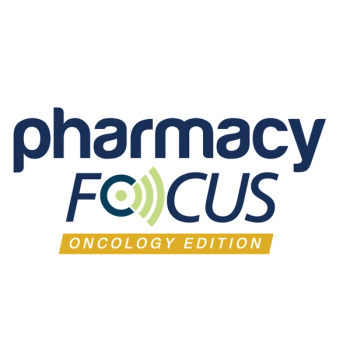
A brief overview of 4 recent developments in the treatment of non-small cell lung cancer.
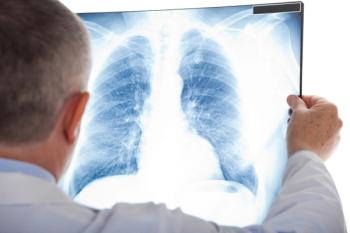
As of January 2024, Keytruda has been approved for 6 indications in NSCLC across the metastatic and earlier stages of the disease.

Precision oncology represents an evolution in therapeutic practice.

BAT1706 was clinically equivalent to the reference bevacizumab for efficacy, safety, pharmacokinetics, and immunogenicity.
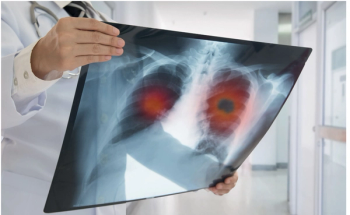
Datopotamab deruxtecan is an investigational TROP2 directed antibody drug conjugate that showed positive survival impact compared to chemotherapy.

Researchers from Gilead remain confident for positive results as they continue the phase 3 EVOKE-03 study in 1L metastatic PD-L1-high NSCLC.
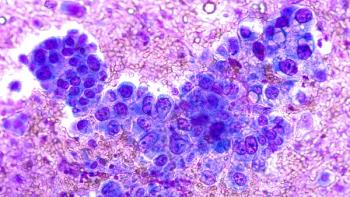
Osimertinib was previously approved as a monotherapy, the first-in-line global standard of care, for non–small cell lung cancer indications.
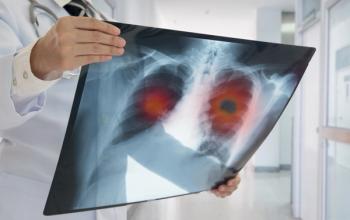
This frequency can allow for faster observation of toxicities and adherence issues.

A survey that analyzed treatment options and research for patients with NSCLC was conducted with medical oncologists.

The FDA assigned a Prescription Drug User Fee Act (PDUFA) goal date of October 8, 2024.

The findings suggest that greater adherence to the WCRF/AICR Cancer Prevention Recommendations could greatly reduce the risk of all cancers combined, along with 14 others.

Older patients’ underrepresentation in clinical trials leaves a gap in data regarding appropriate treatment.

The treatment is for patients with KRAS G12C-mutant metastatic NSCLC who have previously received at least 1 systemic therapy and were not treated with a KRAS G12C inhibitor.
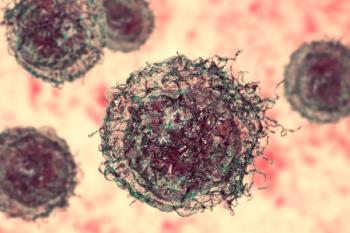
A majority of patients who received first-line chemotherapy switched to amivantamab-vmjw plus chemotherapy as second-line therapy.

The 10-year cumulative incidence rate was equally high between both cohorts of smoking and nonsmoking individuals.

Individuals with ischemic stroke that resided in areas with an indoor radon concentration greater than 4 pCi/L had an increased risk of developing clonal hematopoiesis of indeterminate potential.

The report allows management to provide guaranteed assessments throughout the screenings that could aid early detection, diagnosis, and lung cancer treatment.

The prospective observational study assessed a 2-year increasing lung cancer diagnosis risk, lung cancer characteristics, and the overall survival between LNP and LDCT screening.

The results support perioperative nivolumab as a potential new treatment option.